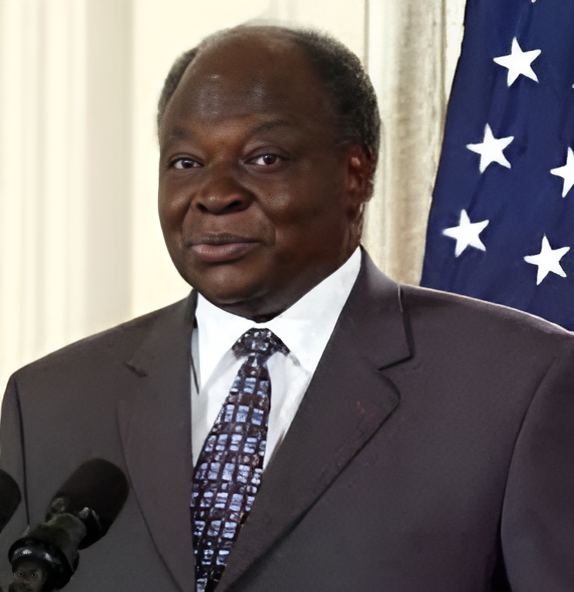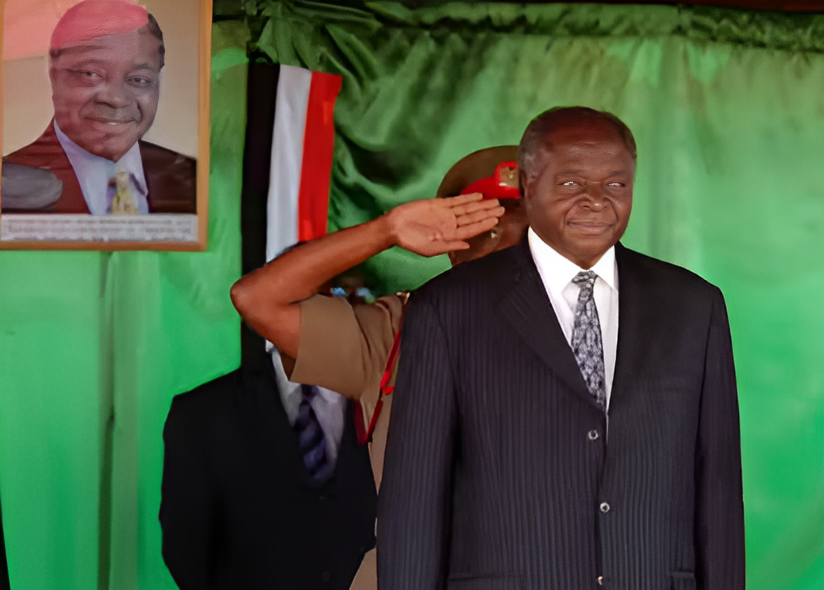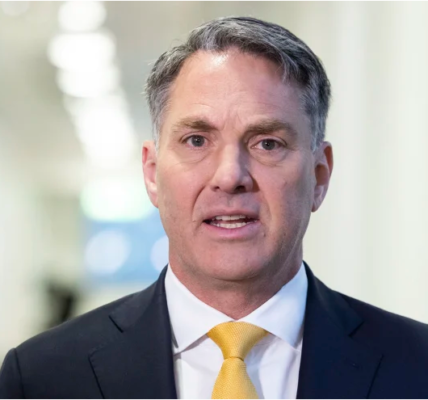Early Life and Education
Emilio Stanley Mwai Kibaki was born on 15 November 1931 in Gatuyaini village, Othaya, in the then Nyeri District (now Nyeri County), Kenya.** He was the youngest son of Kikuyu peasants Kibaki Gīthīnji and Teresia Wanjikū. Although baptized as Emilio Stanley by Italian missionaries, he was popularly known as Mwai Kibaki throughout his public life.
Kibaki began his education at the village school in Gatuyaini before moving to Karima mission school and later Mathari School (now Nyeri High School) between 1944 and 1946. At Mathari, he also acquired vocational training in carpentry and masonry. He then attended Mang’u High School from 1947 to 1950, where he excelled in his O-Level examinations.

Initially, Kibaki considered joining the military, but due to colonial restrictions on Kikuyu, Embu, and Meru recruits, he instead pursued higher education at Makerere University in Uganda. There, he studied economics, history, and political science, graduating with first-class honors in economics. Afterward, he worked for the Shell Company of East Africa before earning a scholarship for postgraduate studies at the London School of Economics (LSE), where he obtained a BSc in public finance with distinction.
Returning to Makerere in 1958, Kibaki served as an assistant lecturer in the economics department until 1961. That same year, he married Lucy Muthoni, a secondary school headteacher and the daughter of a church minister.
Political Career Before the Presidency
Entry into Politics (1960-1978)
Kibaki left academia in 1960 to enter politics, becoming an executive officer of the Kenya African National Union (KANU) at the request of Tom Mboya. He played a pivotal role in drafting Kenya’s independence constitution.
In 1963, Kibaki was elected Member of Parliament (MP) for Doonholm Constituency (later Bahati, now Makadara) in Nairobi. That same year, he was appointed Permanent Secretary for the Treasury, followed by appointments as Assistant Minister of Finance and Chairman of the Economic Planning Commission. In 1966, he became the Minister for Commerce and Industry, and in 1969, Minister of Finance and Economic Planning, a position he held until 1982.
During this period, Kibaki moved his political base from Nairobi to his rural home in Othaya, where he was elected MP for Othaya Constituency in 1974. He retained this seat in every subsequent election until 2013.
Vice Presidency (1978-1988)
When Daniel arap Moi took over as President in 1978, Kibaki was appointed Vice President of Kenya while retaining his Finance Minister role. In 1982, Moi reshuffled the cabinet, reassigning Kibaki to Minister of Home Affairs, while still Vice President. However, in 1988, he was demoted to Minister of Health and removed from the Vice Presidency.
Opposition and the Fight for Multiparty Democracy (1991-2002)
Kibaki remained in KANU until December 1991, when Kenya’s political system transitioned to multiparty democracy. On Christmas Day 1991, he resigned from KANU and founded the Democratic Party (DP), running for president in 1992 and 1997. Despite his strong showing, he lost to Moi in both elections.
From 1998 to 2002, Kibaki served as the Leader of the Official Opposition. As the 2002 elections approached, his party joined forces with the National Alliance of Kenya (NAK) and the Liberal Democratic Party (LDP) to form the National Rainbow Coalition (NARC). At a rally in Uhuru Park, Nairobi, Raila Odinga famously endorsed Kibaki with the declaration “Kibaki Tosha!”
2002 Elections and Presidency (2002-2013)
Election Victory and Swearing-in
During the 2002 campaign, Kibaki suffered a near-fatal car accident and had to campaign from a wheelchair. Nevertheless, he won a landslide victory, securing 62% of the vote against KANU’s candidate, Uhuru Kenyatta. On 30 December 2002, still recovering from his injuries, Kibaki was sworn in as Kenya’s third President, ending KANU’s 40-year rule.
Economic and Social Reforms
Kibaki’s presidency was marked by significant economic growth, institutional reforms, and infrastructural development. Key achievements include:
- Introduction of Free Primary Education (FPE) in 2003, providing access to education for millions of children.
- Revitalization of Kenya’s economy, with GDP growth rising from 0.6% in 2002 to 7.1% in 2007.
- Investment in infrastructure, including roads, energy, and ICT sectors.
- Establishment of Vision 2030, Kenya’s long-term development blueprint.
- Expansion of healthcare, including the introduction of the National Hospital Insurance Fund (NHIF) reforms.
2007 Post-Election Crisis
The 2007 elections saw Kibaki controversially re-elected amid allegations of electoral fraud. The disputed results led to widespread violence, claiming over 1,000 lives and displacing thousands. The crisis was resolved through a power-sharing deal brokered by Kofi Annan, which led to the formation of a Grand Coalition Government with Raila Odinga as Prime Minister.
2010 Constitution and Second TermA major highlight of Kibaki’s second term was the passage of the 2010 Constitution, which introduced a devolved system of governance and expanded civil liberties.
Despite economic progress, his administration faced corruption scandals, including Anglo Leasing and Free Primary Education fund mismanagement. Nonetheless, his legacy remains one of economic revitalization and governance reform.
Retirement and Death
Kibaki retired in April 2013 after handing over power to Uhuru Kenyatta, his former political opponent. He led a relatively quiet life post-retirement, occasionally making public appearances.
On 21 April 2022, Mwai Kibaki passed away at the age of 90. He was given a state funeral and buried at his home in Othaya, Nyeri County.
LegacyMwai Kibaki is remembered as a visionary economist, a reformist leader, and a statesman who prioritized development and stability. His presidency is credited with transforming Kenya’s economy, expanding education, and laying the groundwork for future governance reforms.
Key Achievements:
- Free Primary Education (FPE) program.
- Economic growth and infrastructure development.
- 2010 Constitution of Kenya.
- Expansion of democratic space and multipartyism.
- Vision 2030 economic blueprint.
Kibaki’s leadership, though sometimes seen as detached, remains a defining era in Kenya’s post-independence history.





